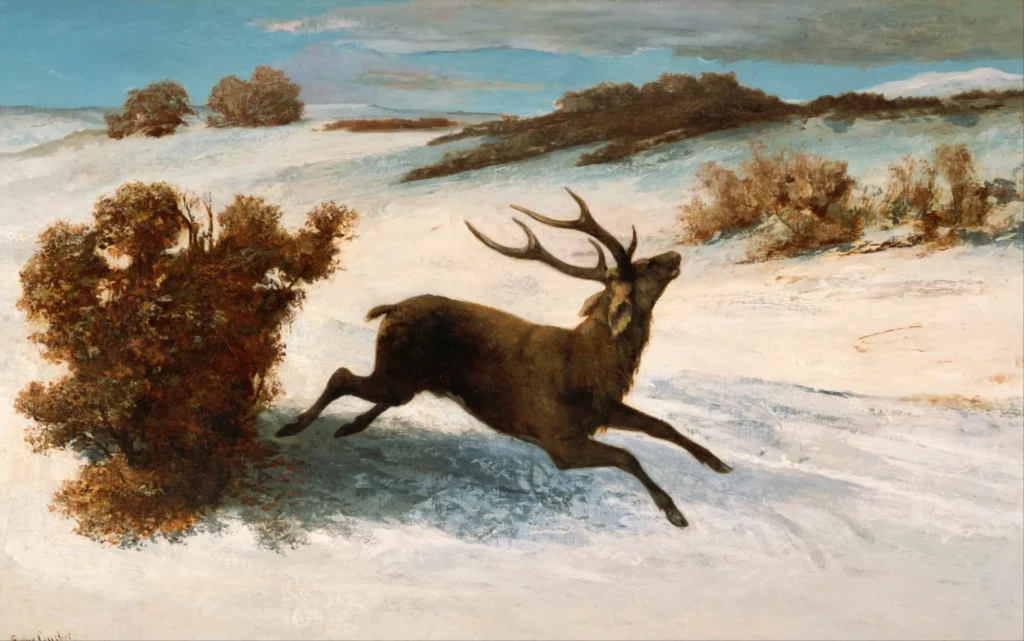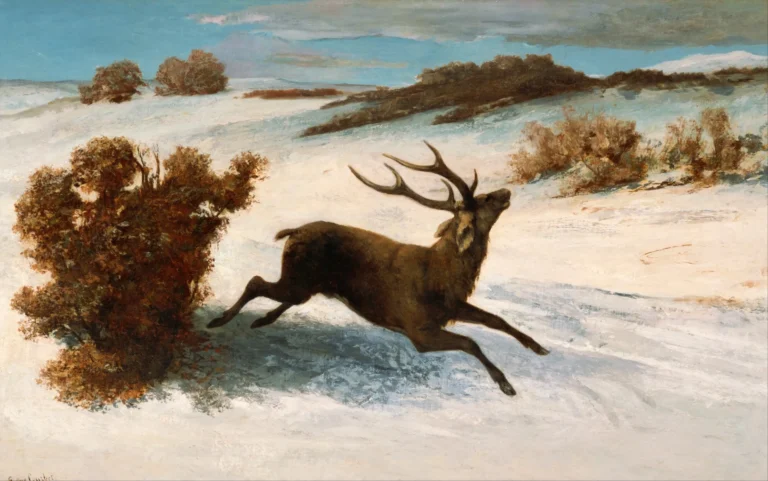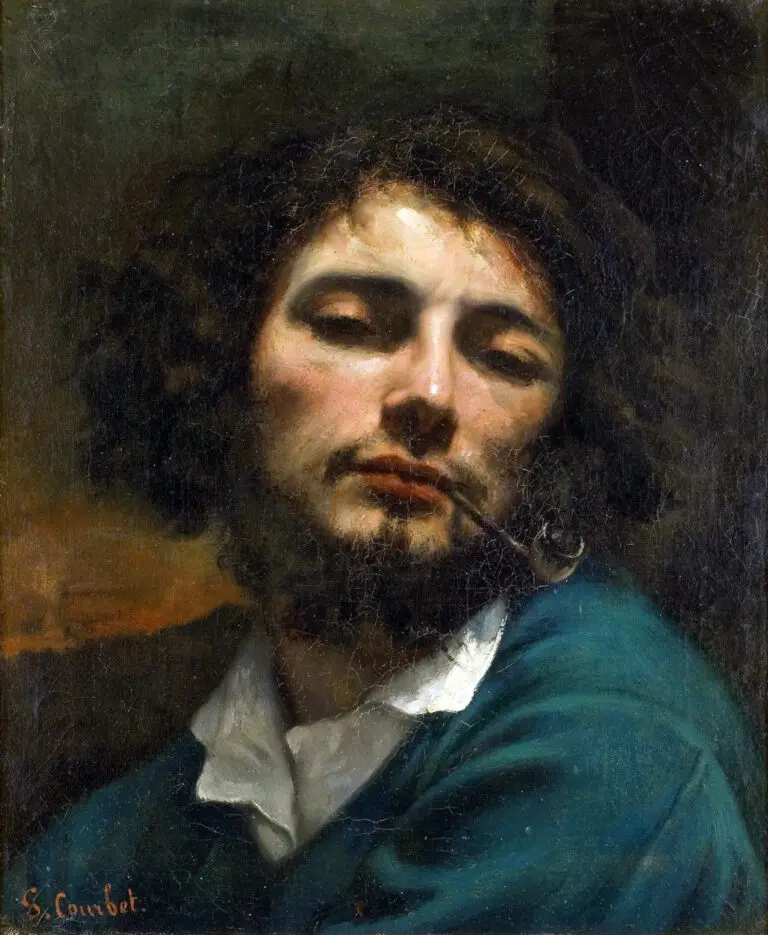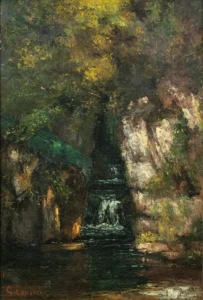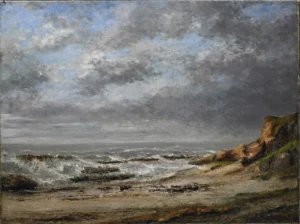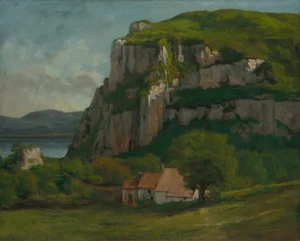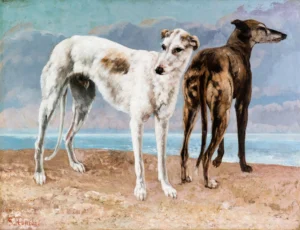Deer Running in the Snow (1856)
Gustave Courbet's Deer Running in the Snow. completed between 1856 and 1857, is a stunning embodiment of the Realism movement. Measuring 93.5 x 148.8 cm, this oil on canvas painting beautifully captures a lively scene of roe deer gracefully navigating a serene snowy landscape. Courbet's dedication to showcasing the beauty of nature and the vitality of wildlife is powerfully felt in this work, illustrating his ability to blend artistry with the rawness of the natural world. It is part of the renowned collection at the Artizon Museum, marking its significance in art history.
1856 - 1857
About the Artwork
Created during the mid-19th century when Realism was emerging as a powerful movement in French art, Deer Running in the Snow reflects Gustave Courbet's dedication to portraying scenes from everyday life and nature without romanticization. This painting stands as a testament to Courbet's belief in depicting the world honestly, capturing the energy and elegance of roe deer as they navigate the chilled landscape. His work evokes a sense of freedom and rawness typical of the Realist approach, signifying a departure from the idealized representations in previous art styles. Courbet’s commitment to realism not only influenced fellow artists but also altered the course of modern painting, making his wildlife scenes resonate with an authenticity that continues to captivate viewers.
Did You Know
Gustave Courbet is often credited with leading the Realism movement, which sought to depict ordinary and unidealized subjects. He believed that art should represent reality and serve social critique, a notion that fundamentally altered European art.
Measuring 93.5 x 148.8 cm, Deer Running in the Snow showcases Courbet’s grand approach to naturalism, allowing for a dramatic portrayal of the movement of the deer and the surrounding snow-covered landscape.
Deer Running in the Snow is housed in the Artizon Museum in Japan, placing it among the key works in a collection that aims to highlight both Western and Japanese art, providing a cross-cultural context for Courbet’s celebrated contributions to the history of painting.




